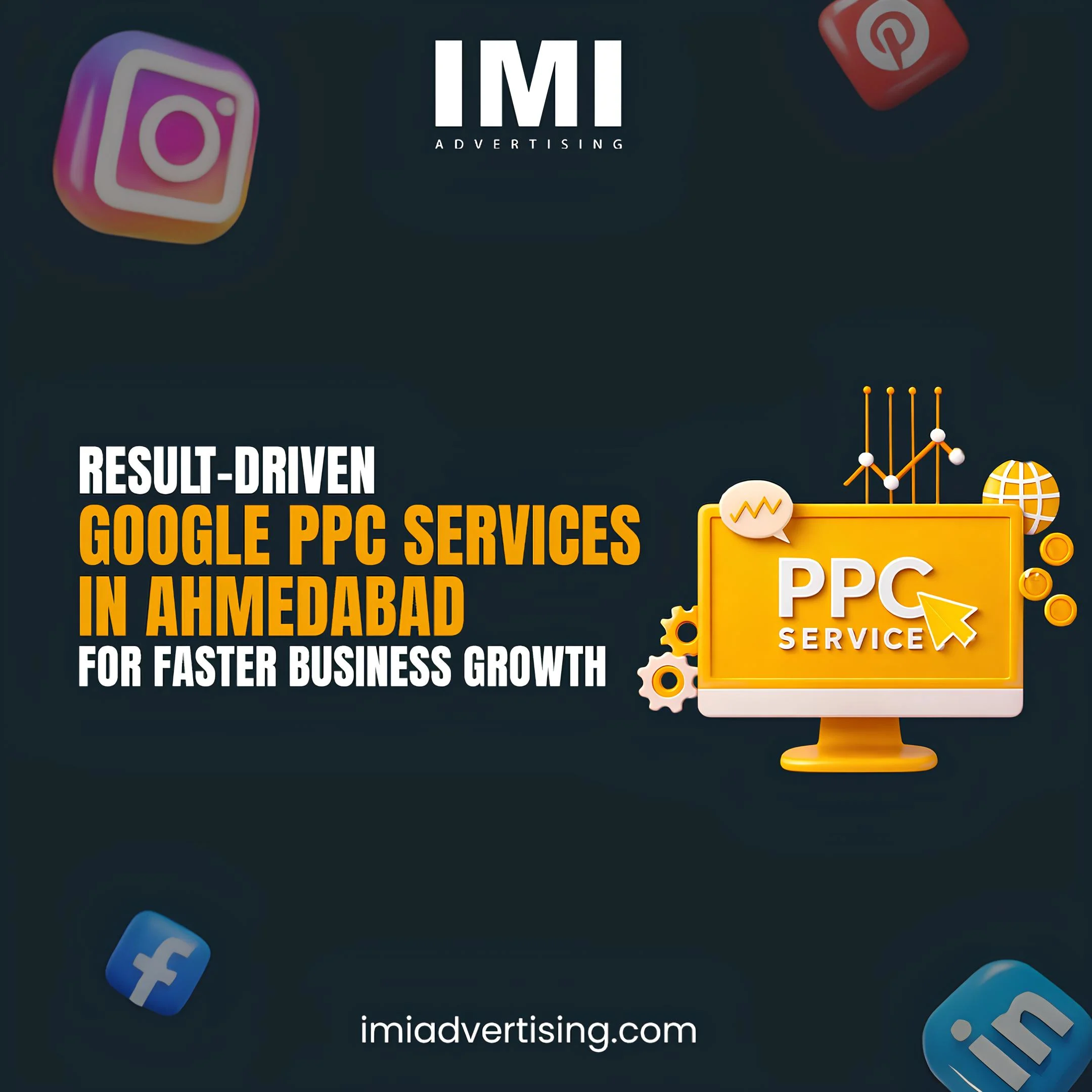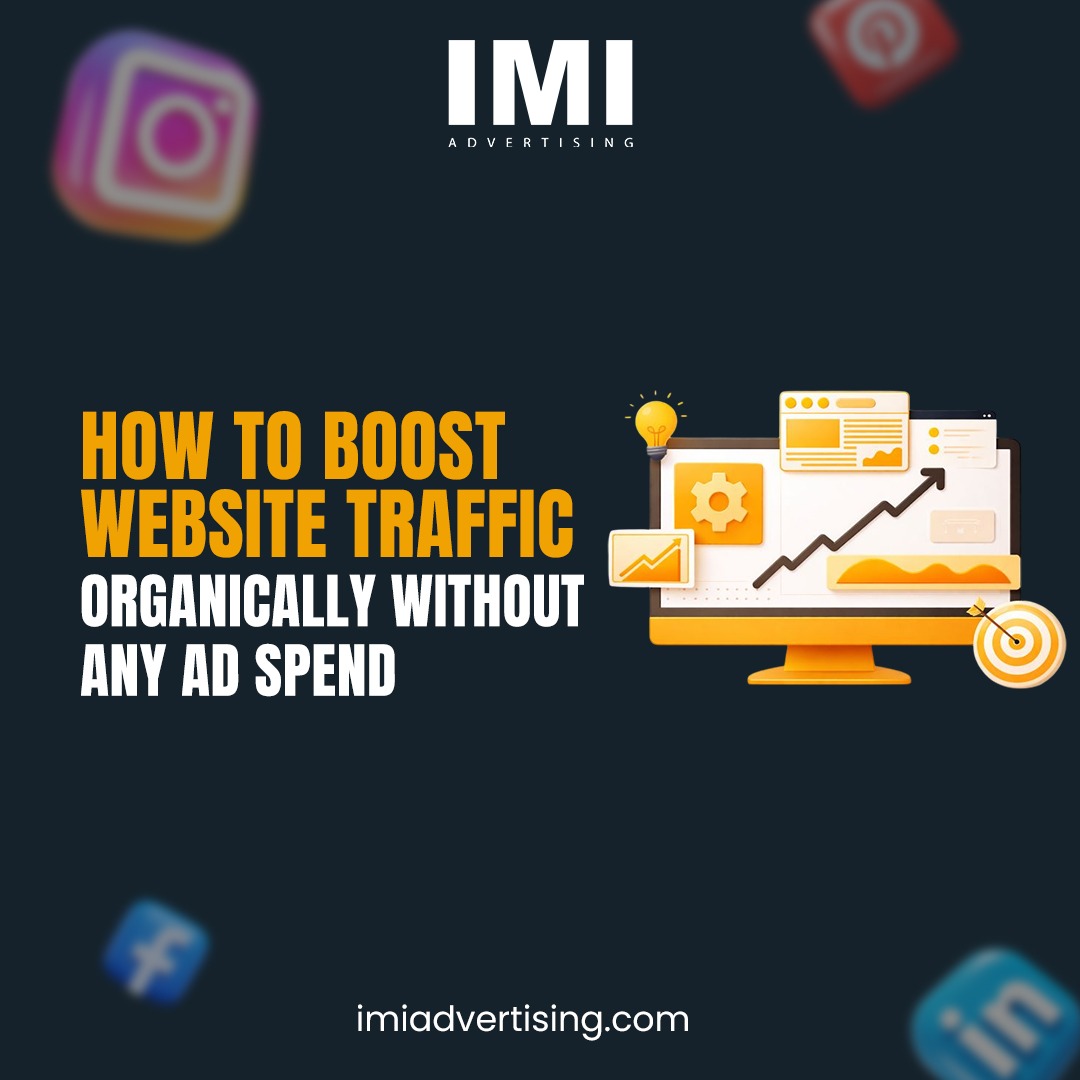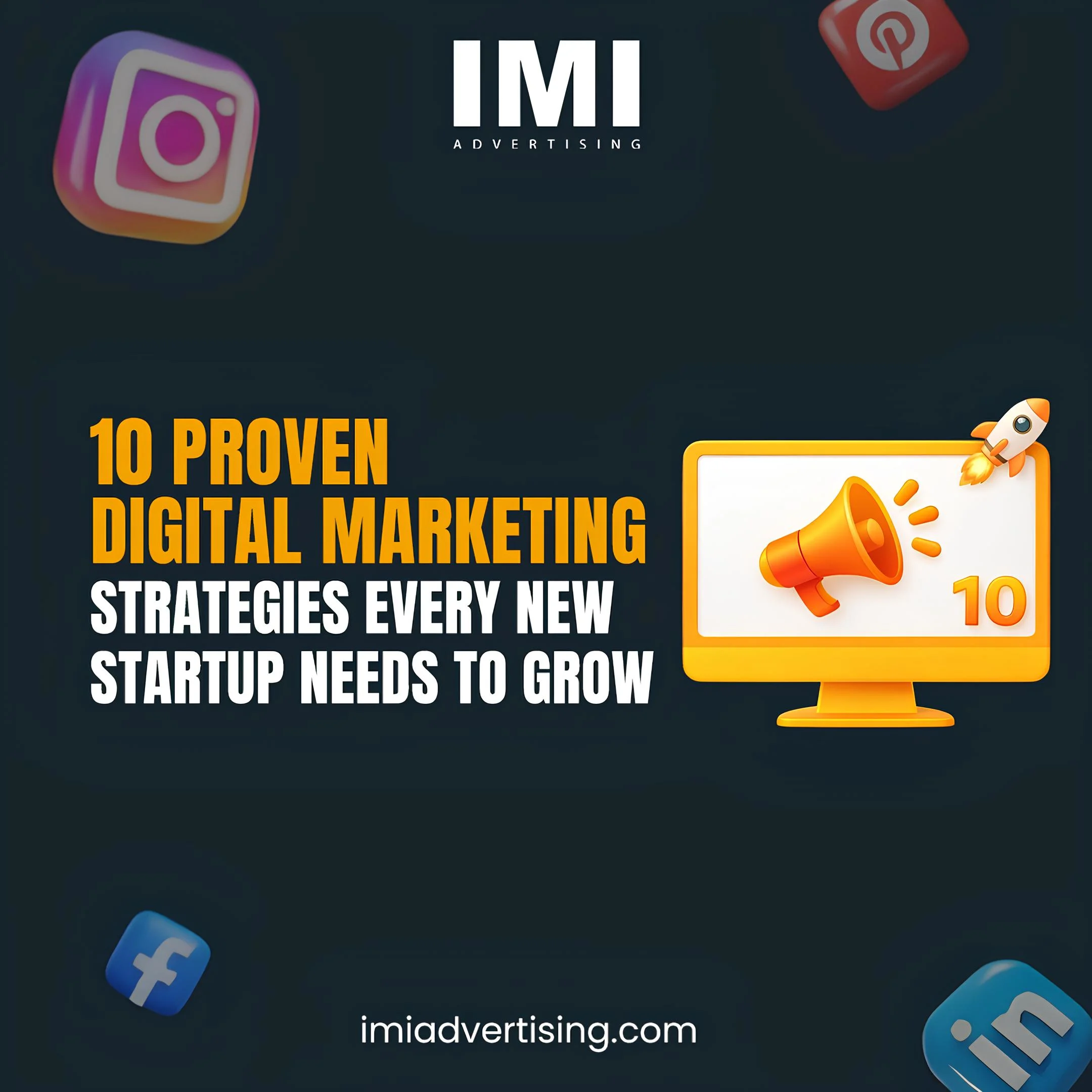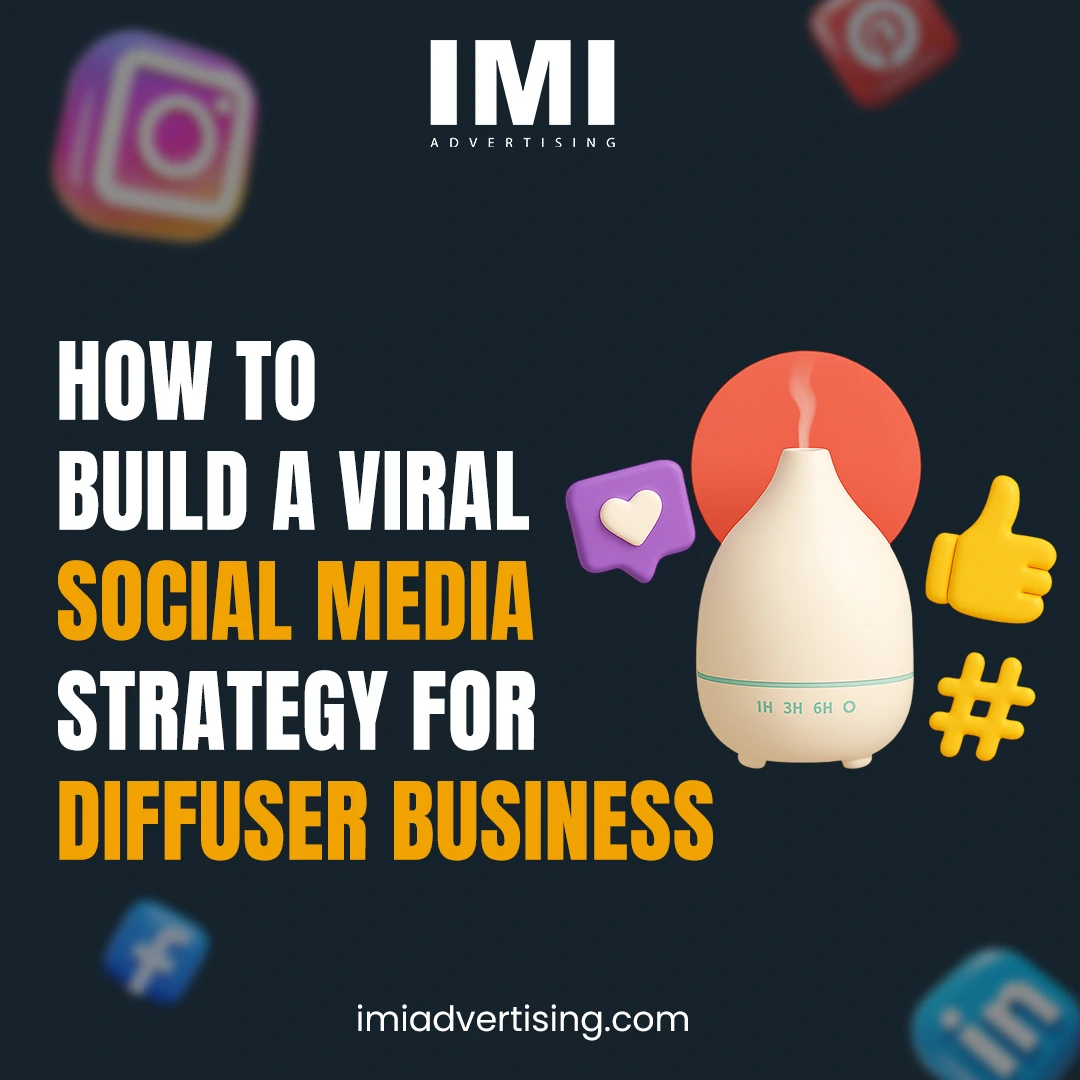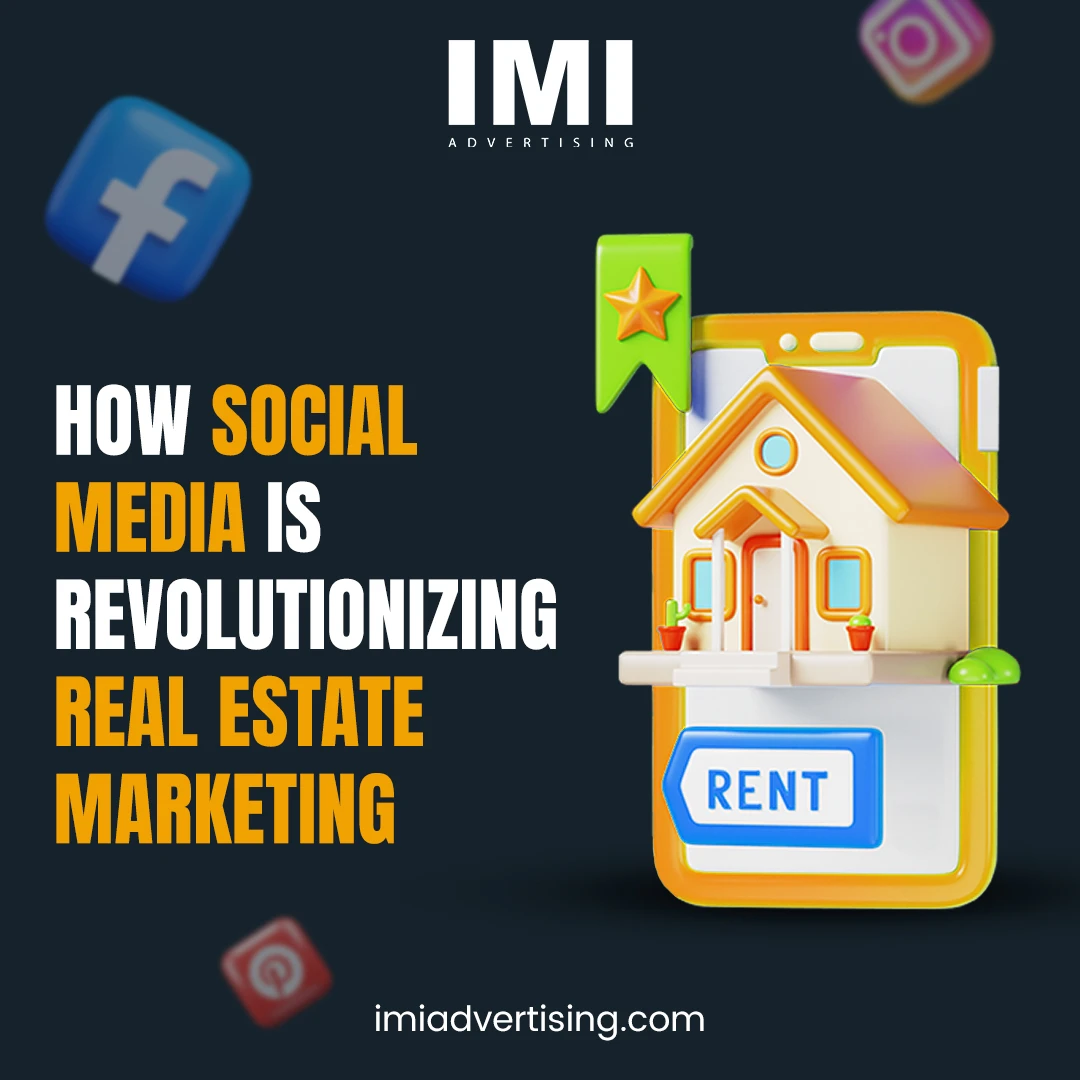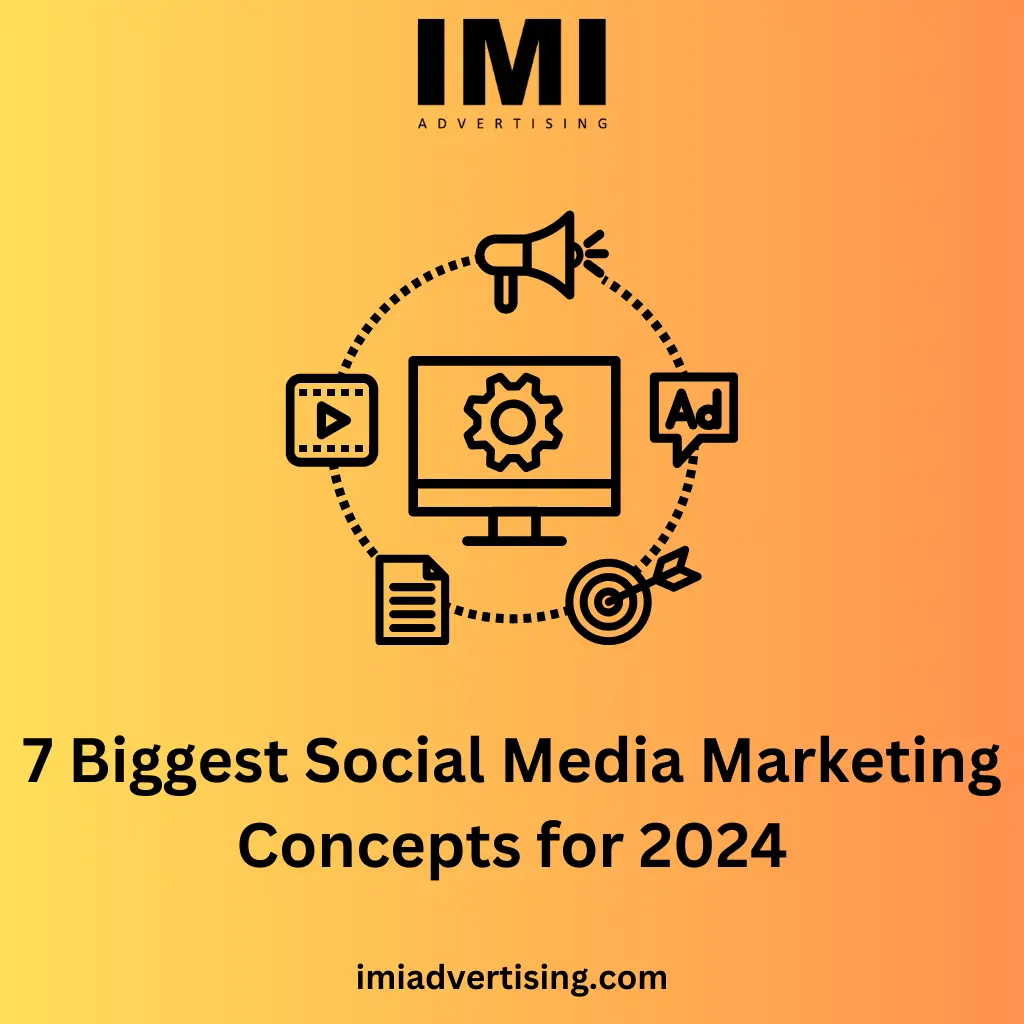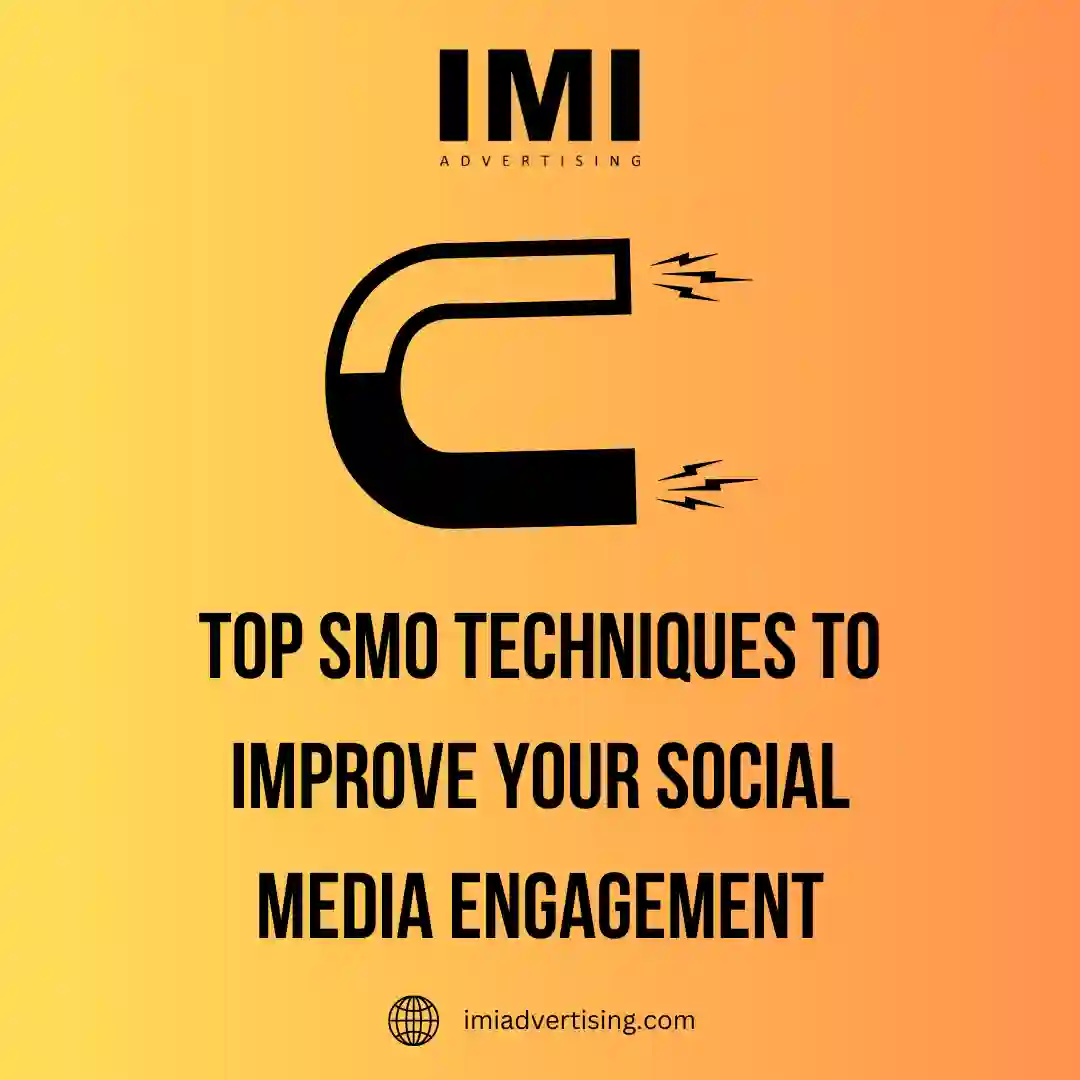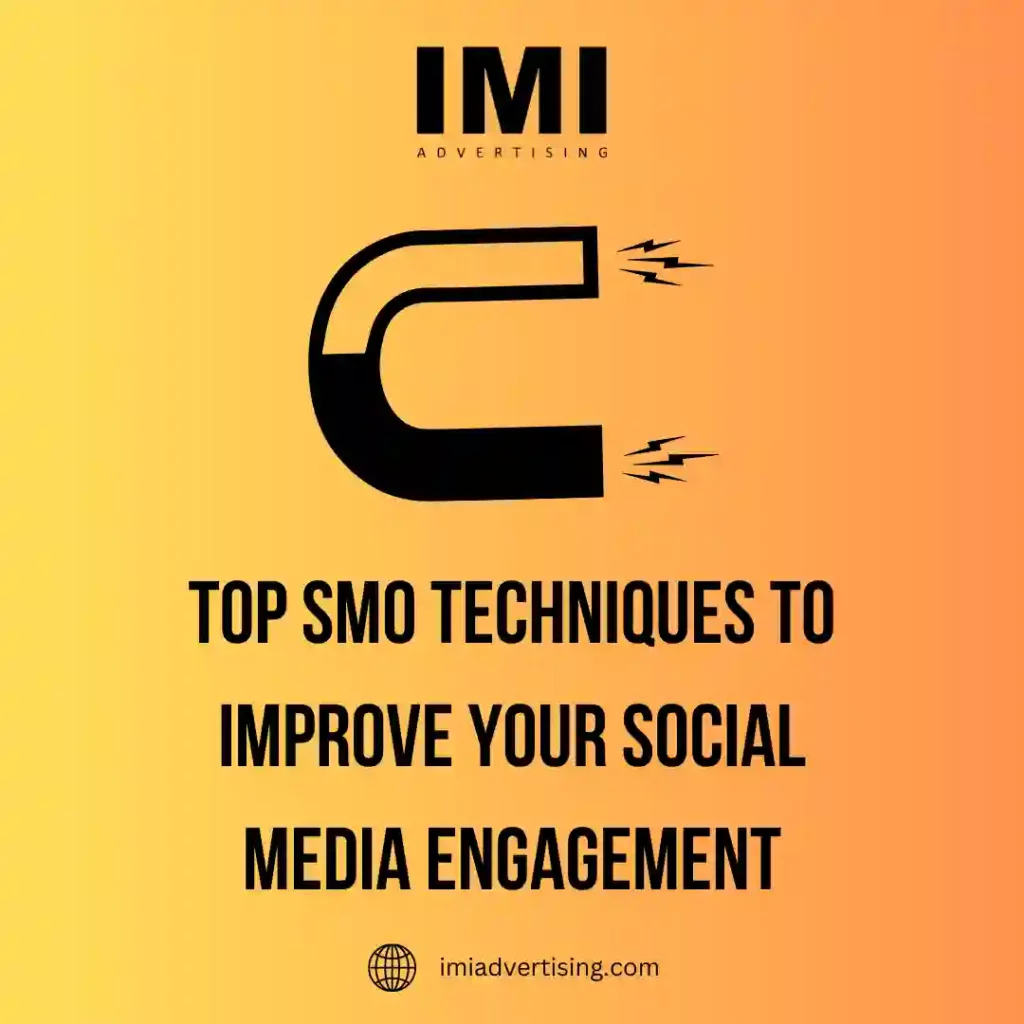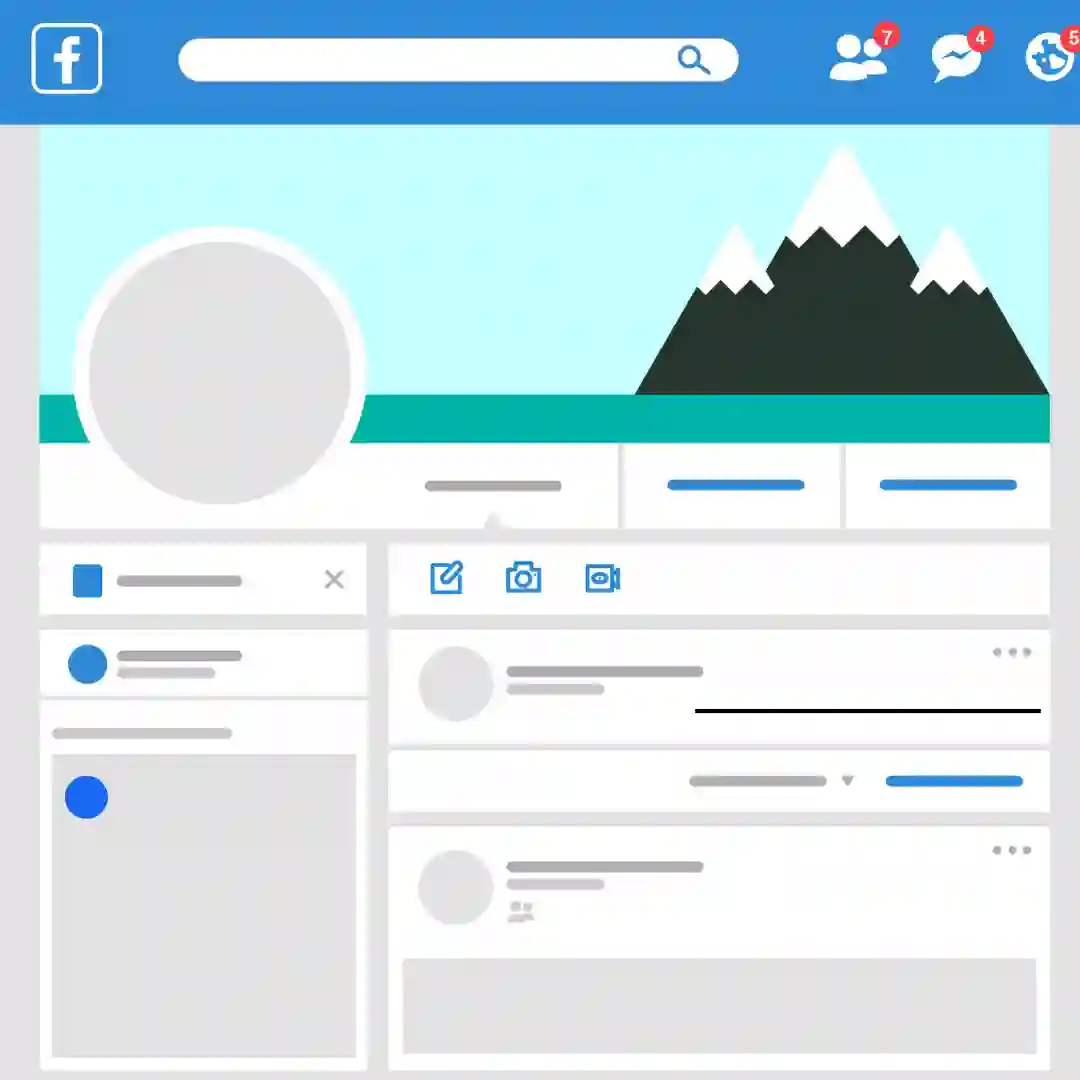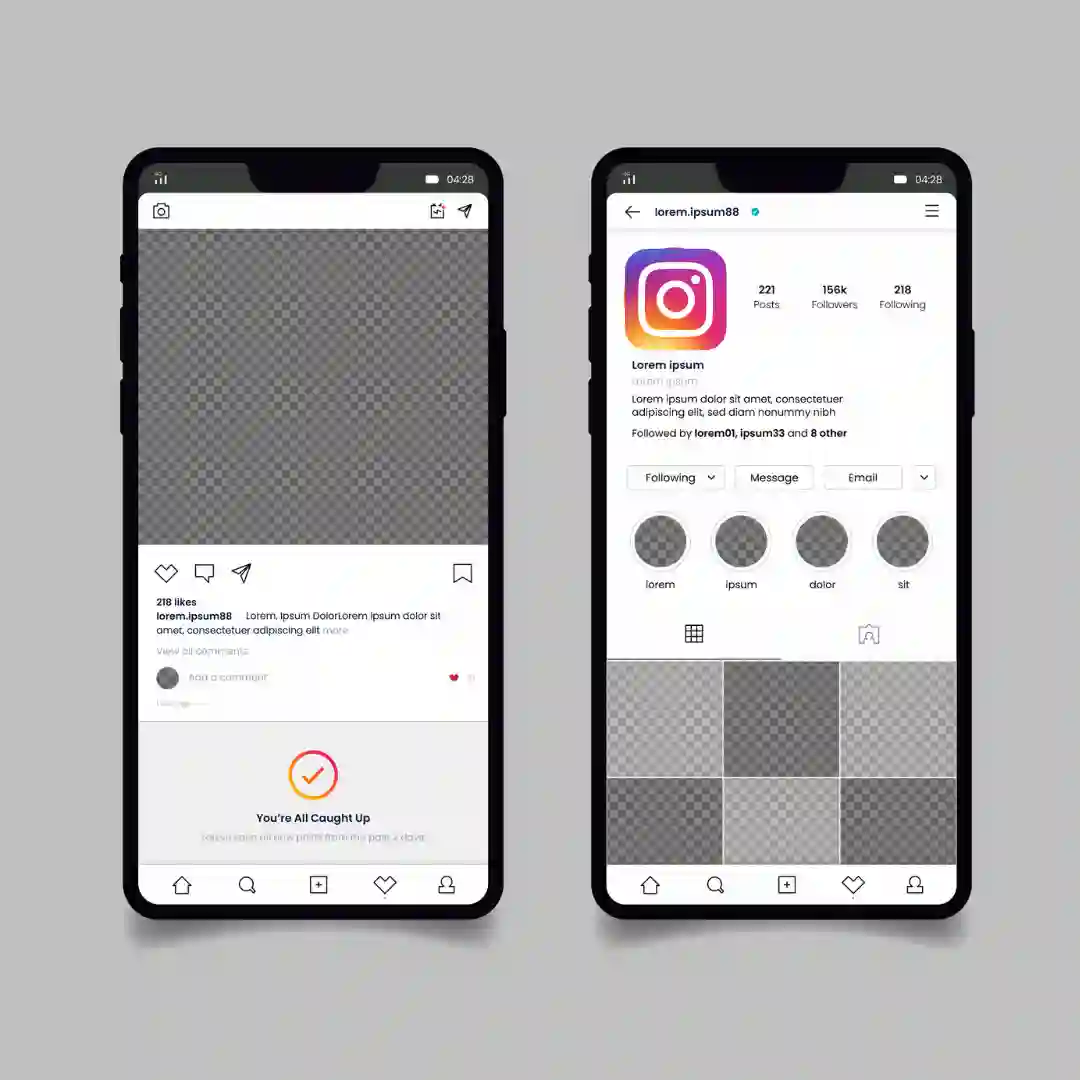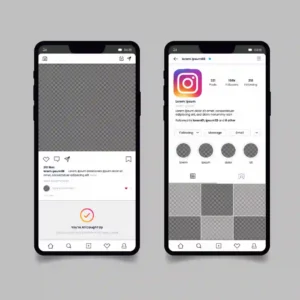D-Mart vs Reliance Mart: Who is Winning India’s Retail War in 2025?
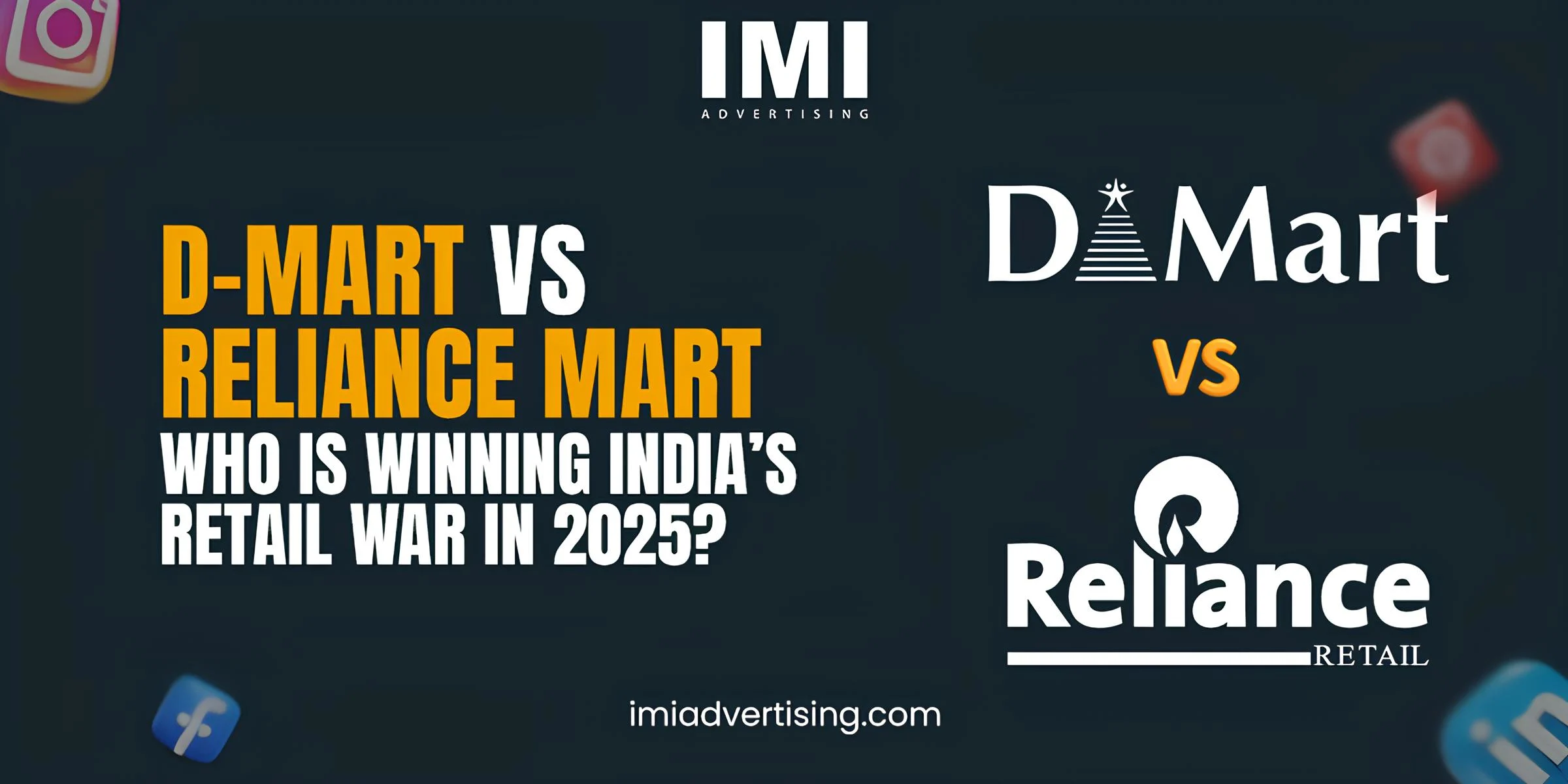
The Indian retail landscape in 2025 is witnessing a fierce duel between two major organized players: D‑Mart (operated by Avenue Supermarts Ltd.) and Reliance Retail (under Reliance Industries Ltd.). Both are vying for leadership as India’s consumption story accelerates, but they’re doing so with very different playbooks. This article analyses which one is getting ahead, how social media marketing is shaping their growth strategies, and what that means for brands, agencies, and consumers.
Two Different Models
| Feature | D-Mart | Reliance Mart |
| Business Model | Focused on affordability and efficiency | Focused on technology and expansion |
| Store Network | Strong in urban and semi-urban areas | Expanding fast across India |
| Online Presence | Growing slowly through DMart Ready | Strong digital presence via JioMart |
| Customer Base | Middle-class families | All income groups, especially youth |
| Social Media Marketing | Limited but improving | Strong and aggressive campaigns |
While D-Mart focuses on keeping costs low, Reliance Mart invests heavily in technology, branding, and promotions. This makes Reliance Mart more visible online, especially among younger generations who follow brands on social platforms.
In 2025, social media marketing has become the biggest game-changer. Reliance Mart uses it effectively to reach millions of customers through reels, contests, and influencer tie-ups. D-Mart, though slower in this space, is beginning to realize its importance and is catching up.
1. The State of the Battle: Scale vs Efficiency
Reliance Retail continues to dominate in scale. According to analysts, Reliance operates over 18,700+ stores, backed by its vast infrastructure and strong financial muscle. In fiscal year 2024–25, Reliance’s retail business added 2,659 new stores, even as it rationalized operations by closing over 2,000 underperforming outlets, a move designed to improve profitability. Its earnings are impressive too: as reported, its PAT nearly doubled year-on-year to around ₹21,392 crore.
On the other hand, D-Mart trades off ultra-scale for operational efficiency and cost discipline. While its store count is much lower (several hundred), its sales per square foot are significantly higher than Reliance’s: reportedly, D-Mart earns nearly ₹33,000 per sq ft, compared with Reliance’s ₹10,000-11,000 per sq ft. D-Mart’s Q2 FY2025 results further confirm steady growth: its profit rose by 3.8% to ₹ 685 crore, and revenue climbed 15%, helped by store expansion.
2. Strategic Shifts & Innovation
D-Mart is no longer just a brick-and-mortar retailer. Recognizing margin pressure and changing consumer habits, it is aggressively pushing its e-commerce arm, “D-Mart Ready”, aiming for an omnichannel model. It has crossed ₹ 3,000 crore in online revenue and plans to go beyond its current 25-city footprint. At the same time, D-Mart has tried to cut delivery times and improve pickup logistics.
Reliance Retail, meanwhile, is streamlining its store footprint for better profitability. By closing low-performing stores and optimizing its network, it has managed to improve its EBITDA margin, which recently ticked up. Also, its consumer-products arm (FMCG) is growing rapidly, leveraging its retail reach to promote its own brands.
3. Who’s Winning with Social Media Marketing in 2025?
The answer depends on what “winning” means. If the war is about scale, reach, and brand omnipresence, Reliance Retail is in the lead. Its store expansion, digital push (via JioMart), and product diversification make it a formidable ecosystem.
But if the war is about margin efficiency, profitability, and customer value, D-Mart’s disciplined model gives it an edge. Its high sales per square foot and cost-conscious strategy help it deliver strong unit-level economics.
In short: Reliance is winning on breadth; D-Mart is winning on depth.
4. How Social Media Helps Fuel Their Growth
Here’s where a social media marketing agency like IMI Advertising (based in Ahmedabad) can appreciate how both retailers lean heavily on digital engagement:
- Brand Awareness & Engagement: Reliance, with its massive store network and FMCG brands, uses social media platforms like Instagram, Facebook, and YouTube to highlight new store launches, in-store experiences, and product promotions. This content helps reinforce its retail ecosystem and keeps customers informed about promotions, loyalty programs, and quick commerce offerings via JioMart.
- Community & Trust: D-Mart, being more value-driven, can use social media to reassure customers about low-cost quality, everyday savings, and transparency in pricing. Posts that showcase “behind-the-scenes” procurement, store safety, or employee stories can strengthen customer trust and loyalty.
- Performance Marketing & Ads: Both companies invest in paid social media advertising. Reliance, in particular, can run hyper-targeted ads (on social platforms) for its fashion, grocery, and quick-commerce verticals. D-Mart, meanwhile, could use localized social ad campaigns to promote the opening of new stores or special discounts, tapping into IMI Advertising–type expertise for high ROI.
5. Why IMI Advertising is Especially Relevant in This Battle
Looking at IMI Advertising’s website, a few strengths stand out:
- 360-degree approach: IMI Advertising offers a full suite of services, social media strategy, content creation, performance marketing, influencer campaigns, analytics, and more.
- Local expertise + global mindset: Based in Ahmedabad, IMI Advertising combines regional insight with a performance marketing mindset. Their team includes “digital marketing experts, social media experts, Google Ads experts, popular influencers and graphic designers.”
- Data-driven processes: They emphasize market research, competitor analysis, ROI focus, and constant performance tracking.
For a brand like D-Mart or Reliance Retail (or smaller retail chains vying for market share), working with a performance-driven agency like IMI Advertising can make a real difference. By leveraging social media effectively, these retailers can not only expand reach but also improve customer loyalty, drive footfalls, and boost their omnichannel business.
Conclusion
In 2025, Reliance Retail leads on scale and aspiration, while D-Mart wins on profitability and efficiency. But the retail war is no longer just about physical stores; social media and digital marketing are now integral weapons in their arsenals. Agencies like IMI Advertising, with their end-to-end, data-led social media and performance marketing capabilities, are well-positioned to help such retail giants (or challengers) sharpen their edge, engage customers meaningfully, and drive both online and offline growth.
FAQs:
Both D-Mart and Reliance Mart offer user-friendly apps, but Reliance Smart’s app provides a smoother interface, faster checkout, and more digital offers, making it slightly better for online shopping.
Yes, you can order groceries online from both D-Mart Ready and Reliance Smart using their official apps or websites. Both deliver across major Indian cities.
Reliance Smart offers a wider range of household and branded products, while D-Mart focuses on essential groceries and budget-friendly daily needs.
D-Mart is known for everyday low prices and consistent discounts, while Reliance Smart runs frequent promotional offers and cashback deals.
You can use Google Maps or each brand’s app to locate the nearest D-Mart or Reliance Smart store by turning on location access.
Get in touch with us for
Digital Marketing Services
09313100658
Available From 09:30 – 06:30
Email: support@imiadvertising.com




